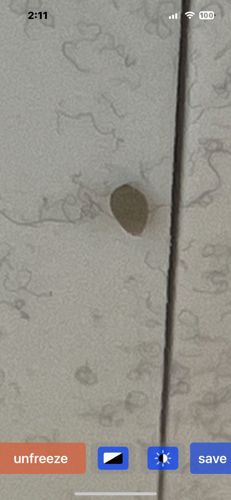Case-bearing Clothes Moth (Larva)
Scientific Name: Tinea pellionella
Order & Family: Lepidoptera, Tineidae
Size: Larvae can reach up to 10-14 mm in length, while the case itself is typically 6-12 mm long. Adults have a wingspan of 9-16 mm.

Natural Habitat
Indoors, in closets, attics, storage areas, and any place where natural fibers are stored or present. They prefer dark, humid, and undisturbed environments.
Diet & Feeding
The larvae primarily feed on natural fibers, especially wool, fur, feathers, silk, and other animal products. They can also consume blends that contain natural fibers and occasionally synthetic fibers if soiled with organic matter. They are known to damage clothing, carpets, upholstered furniture, and museum specimens.
Behavior Patterns
Case-bearing clothes moths are often found in dark, undisturbed areas. The larva constructs a silken case, often camouflaged with fibers from its food source, and carries this case with it as it moves and feeds. It retreats into the case when disturbed. Adults are poor fliers and are more likely to be seen crawling or caught in spiderwebs.
Risks & Benefits
Potential risks include significant damage to natural fiber textiles, clothing, carpets, and other household items. They are considered a common household pest. There are no notable benefits.
Identified on: 8/29/2025